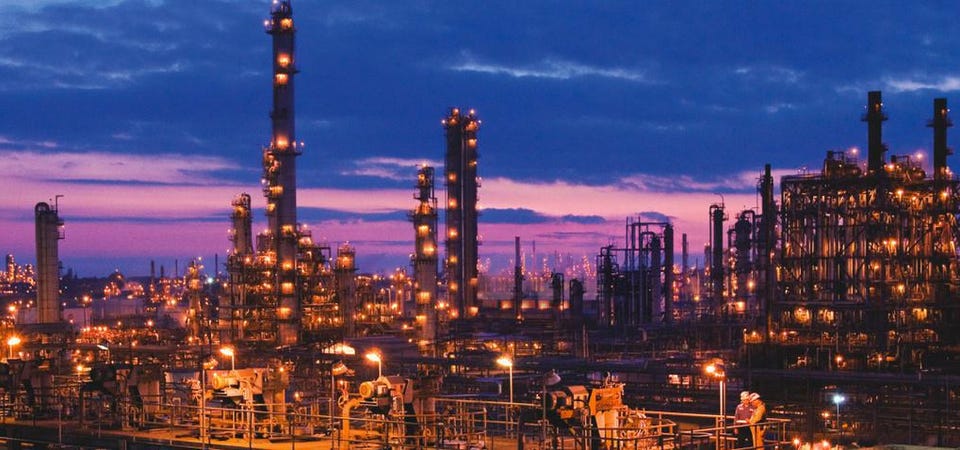
A Step in the Right Direction
The nation’s crude oil refineries have long been a boom or bust business that relies on customer demand. At no point was that more evident than in 2020 when the effects of COVID shut down the world. By 2022, seven U.S. refineries had shuttered, three others announced closures, and refining capacity dropped by 1.1 MMBPD to 17.9 MMBPD, already down from 18.8 MMBPD in 2019.
Reese Energy Consulting today is studying the refining landscape particularly on the Gulf Coast—the domestic nucleus of produced diesel and gasoline with 66 refineries. The U.S., which is set to become a net exporter of crude this year, currently ships 3.4 MMBPD of crude and 3 MMBPD of refined products. Those numbers are expected to rise fast with a lead foot China accelerating global demand and placing diminished U.S. refining capacity squarely in the hot seat.
Of the five major refiners now expanding their downstream capacity to add a combined 350 MBPD, Exxon’s Beaumont complex will see the largest with a 250 MBPD increase. By the end of the month, the plant will be capable of refining 619 MBPD. Increased efficiencies on the refinery’s two existing CDUs could push total capacity even higher, which would make Exxon Beaumont the nation’s largest refinery ahead of the Saudi-owned Motiva.
